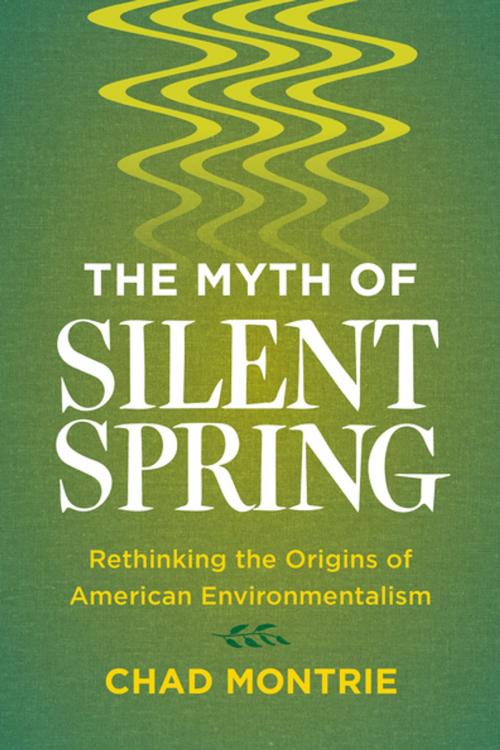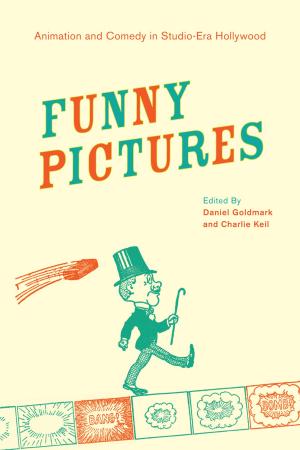The Myth of Silent Spring
Rethinking the Origins of American Environmentalism
Nonfiction, Science & Nature, Nature, Environment, Environmental Conservation & Protection| Author: | Chad Montrie | ISBN: | 9780520965157 |
| Publisher: | University of California Press | Publication: | January 26, 2018 |
| Imprint: | University of California Press | Language: | English |
| Author: | Chad Montrie |
| ISBN: | 9780520965157 |
| Publisher: | University of California Press |
| Publication: | January 26, 2018 |
| Imprint: | University of California Press |
| Language: | English |
Since its publication in 1962, Rachel Carson’s book Silent Spring has often been celebrated as the catalyst that sparked an American environmental movement. Yet environmental consciousness and environmental protest in some regions of the United States date back to the nineteenth century, with the advent of industrial manufacturing and the consequent growth of cities. As these changes transformed people's lives, ordinary Americans came to recognize the connections between economic exploitation, social inequality, and environmental problems. As the modern age dawned, they turned to labor unions, sportsmen’s clubs, racial and ethnic organizations, and community groups to respond to such threats accordingly. The Myth of Silent Spring tells this story. By challenging the canonical “songbirds and suburbs” interpretation associated with Carson and her work, the book gives readers a more accurate sense of the past and better prepares them for thinking and acting in the present.
Since its publication in 1962, Rachel Carson’s book Silent Spring has often been celebrated as the catalyst that sparked an American environmental movement. Yet environmental consciousness and environmental protest in some regions of the United States date back to the nineteenth century, with the advent of industrial manufacturing and the consequent growth of cities. As these changes transformed people's lives, ordinary Americans came to recognize the connections between economic exploitation, social inequality, and environmental problems. As the modern age dawned, they turned to labor unions, sportsmen’s clubs, racial and ethnic organizations, and community groups to respond to such threats accordingly. The Myth of Silent Spring tells this story. By challenging the canonical “songbirds and suburbs” interpretation associated with Carson and her work, the book gives readers a more accurate sense of the past and better prepares them for thinking and acting in the present.















